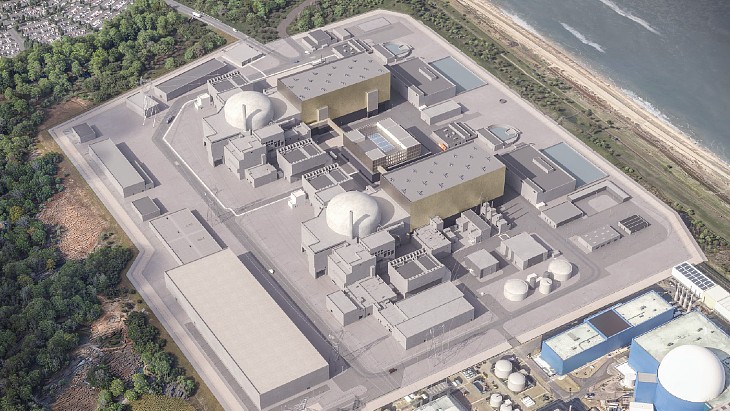The company's 2025 Carolinas Resource Plan, filed with the North Carolina Utilities Commission on 1 October, reflects electricity demand across North Carolina and South Carolina which it says is growing at an unprecedented rate: the projected increase in energy use is more than double the growth forecast when the previous version of the biennial roadmap, the 2023 Carolinas Resource Plan, was initially filed.
The 2025 plan also adapts to what the company describes as significant policy changes at state and federal levels, with reliability emphasised in recent energy legislation in both states and changes in federal regulations and tax credits supporting advanced nuclear and battery storage and providing flexibility for existing coal and new natural gas generation.
The 2023 version of the plan - which was approved by North Carolina and South Carolina regulators in 2024 - had included extending the operating lives of existing nuclear power plants as well as building two new small modular reactors (SMRs) at Belews Creek by 2035.
The new version builds on the 2023 plan and additionally proposes that large light-water reactor (LLWR) technology be evaluated, as well as SMRs.
Duke Energy is already developing an early site permit application for SMRs or "non-light-water reactors" for Belews Creek in North Carolina, a site which is currently home to two coal-fired units slated for retirement.
The 2025 plan identifies the William States Lee III Nuclear Station site in Cherokee County, South Carolina, and the Shearon Harris Nuclear Plant site in Wake County, North Carolina, as those best suited for new LLWRs. The US Nuclear Regulatory Commission (NRC) issued a combined construction and operation licence for two Westinghouse AP1000 units at the Lee site in 2016; a combined licence application for two AP1000 units at the Harris site was submitted to the NRC in 2008 but the regulator suspended its review in 2013 at the request of the licensee, Duke Energy Progress. Both the Lee licence and the Harris licence application "will require significant amendments or revisions to the documents to incorporate updated information since their initial submittal", an appendix to the 2025 Resource Plan notes.
According to the appendix, Duke Energy plans to submit its early site permit application for Belews Creek to the NRC "in late 2025 and receive the permit in 2027". The new nuclear development strategy aims to "provide optionality to choose either small modular reactors (600 megawatts by 2037) or large light-water reactors (up to 1,117 megawatts by 2037) to be deployed at the first site".
“North Carolina is the top state for business, and our focus is on ensuring Duke Energy’s low energy rates continue to support this region’s economic success,” said Kendal Bowman, Duke Energy’s North Carolina president. “By expanding our diverse generation portfolio and maximising our existing power plants to meet growth needs, we will ensure reliable energy while saving all our customers money."
Duke Energy operates the largest regulated nuclear fleet in the USA, with 10,819 MWe of nuclear capacity from 11 reactors at six sites in the Carolinas, and as well as extending the operational life of all of its nuclear units, it said it was leveraging its existing nuclear plant infrastructure to produce more energy. Earlier this year, the NRC renewed the operating licences for the three-unit Oconee plant, allowing the station to operate up to 80 years. The company said it is also planning to add about 245 MWe of capacity to its existing fleet by pursuing power uprate projects at three stations, and is working to reduce the number of refuelling outages by transitioning three stations from 18-month fuel cycles to 24-month fuel cycles.
The North Carolina Utilities Commission will hold hearings on the resource plan in 2026. Duke Energy will also file a resource plan update with the Public Service Commission of South Carolina, incorporating information from the 2025 Carolinas Resource Plan, later this year.

_56836.jpg)



_55530.jpg)
_42372.jpg)
_37521_70699.jpg)

_76087_55556.jpg)




